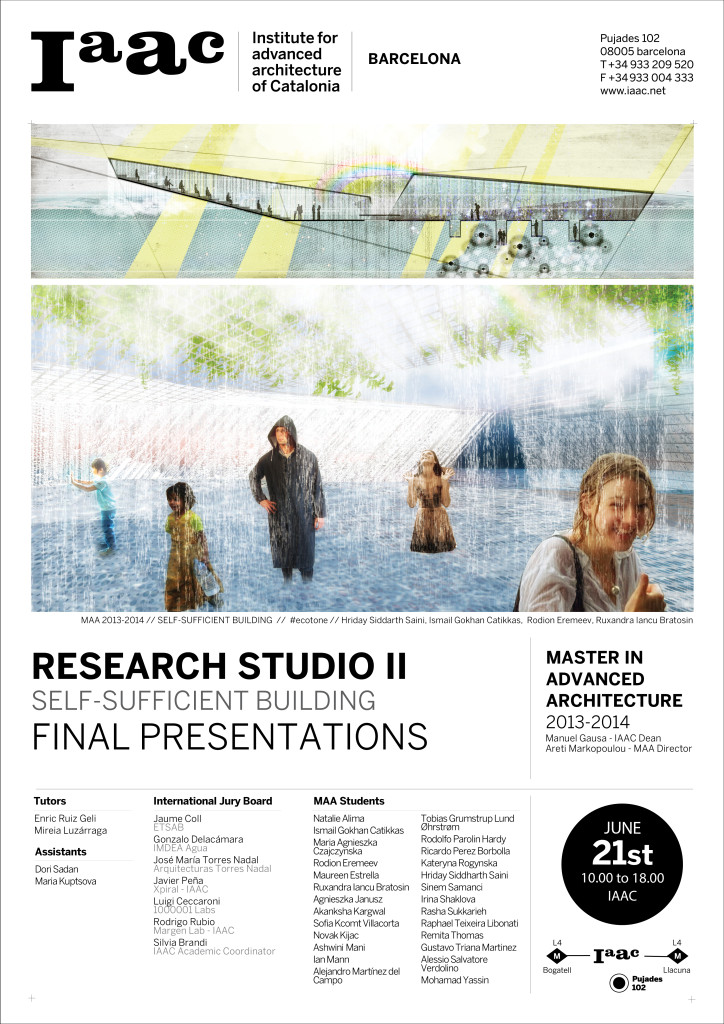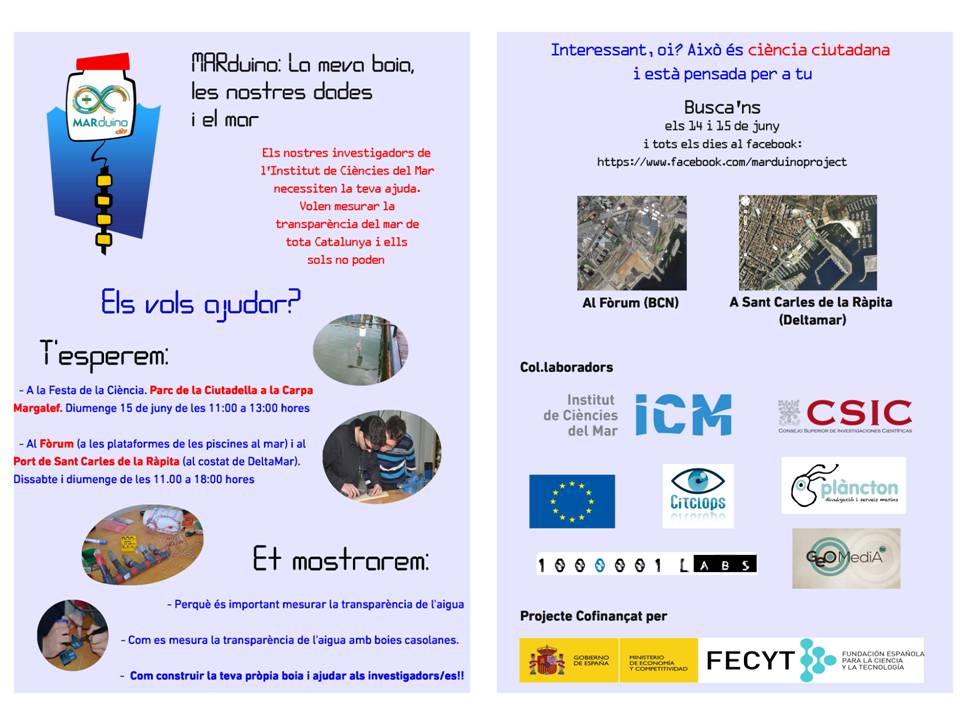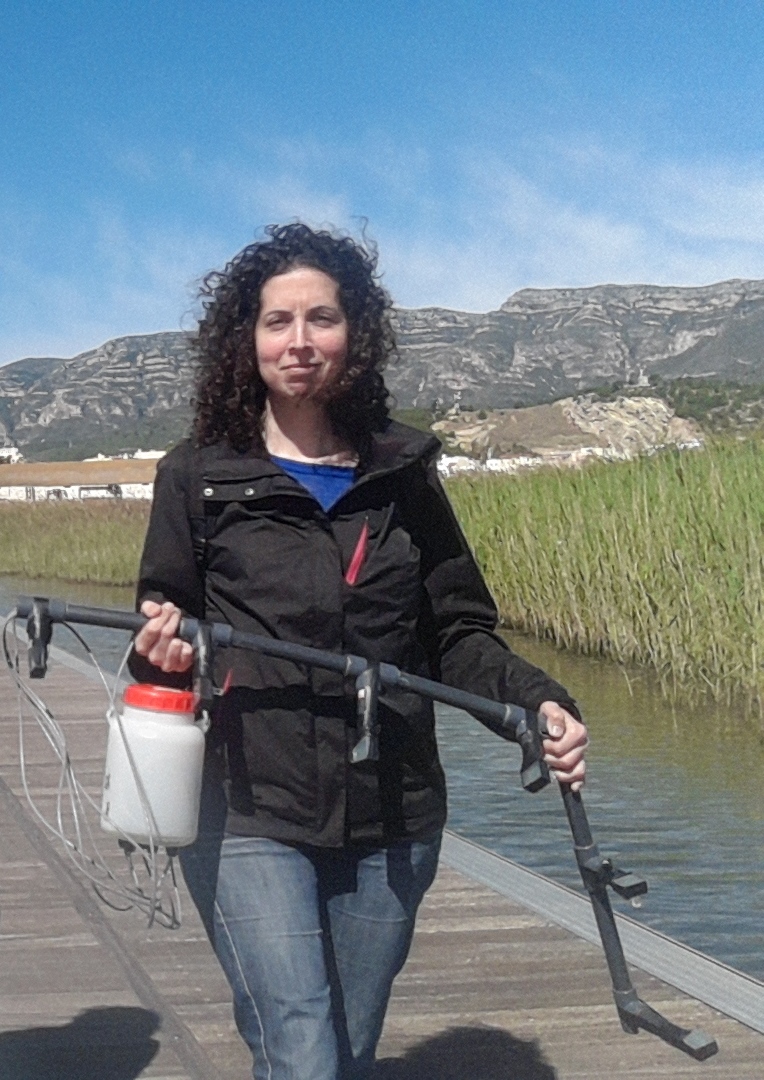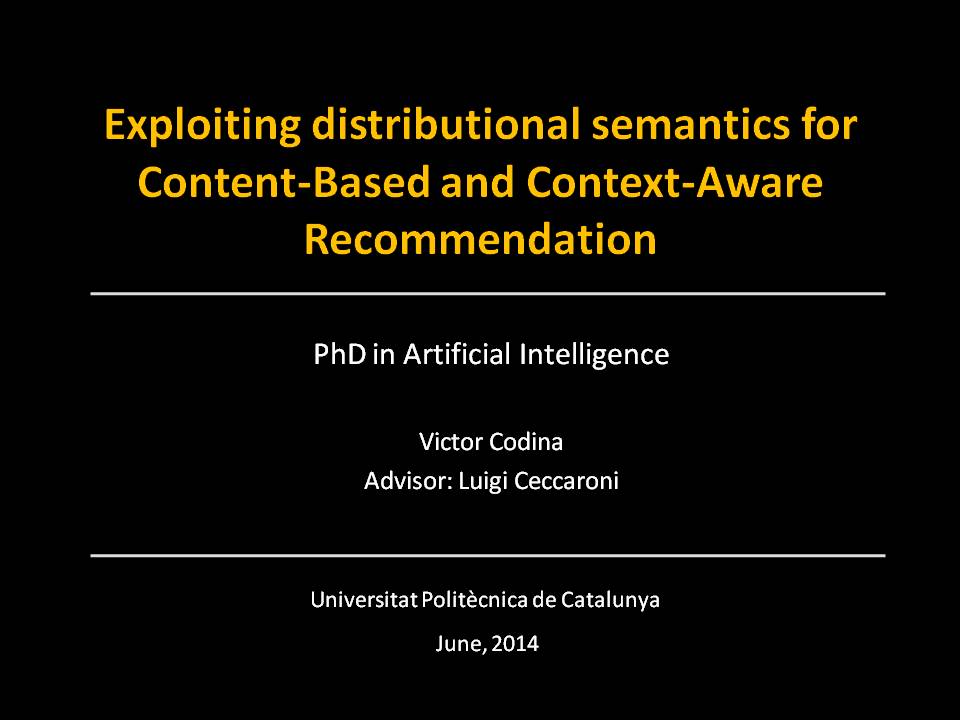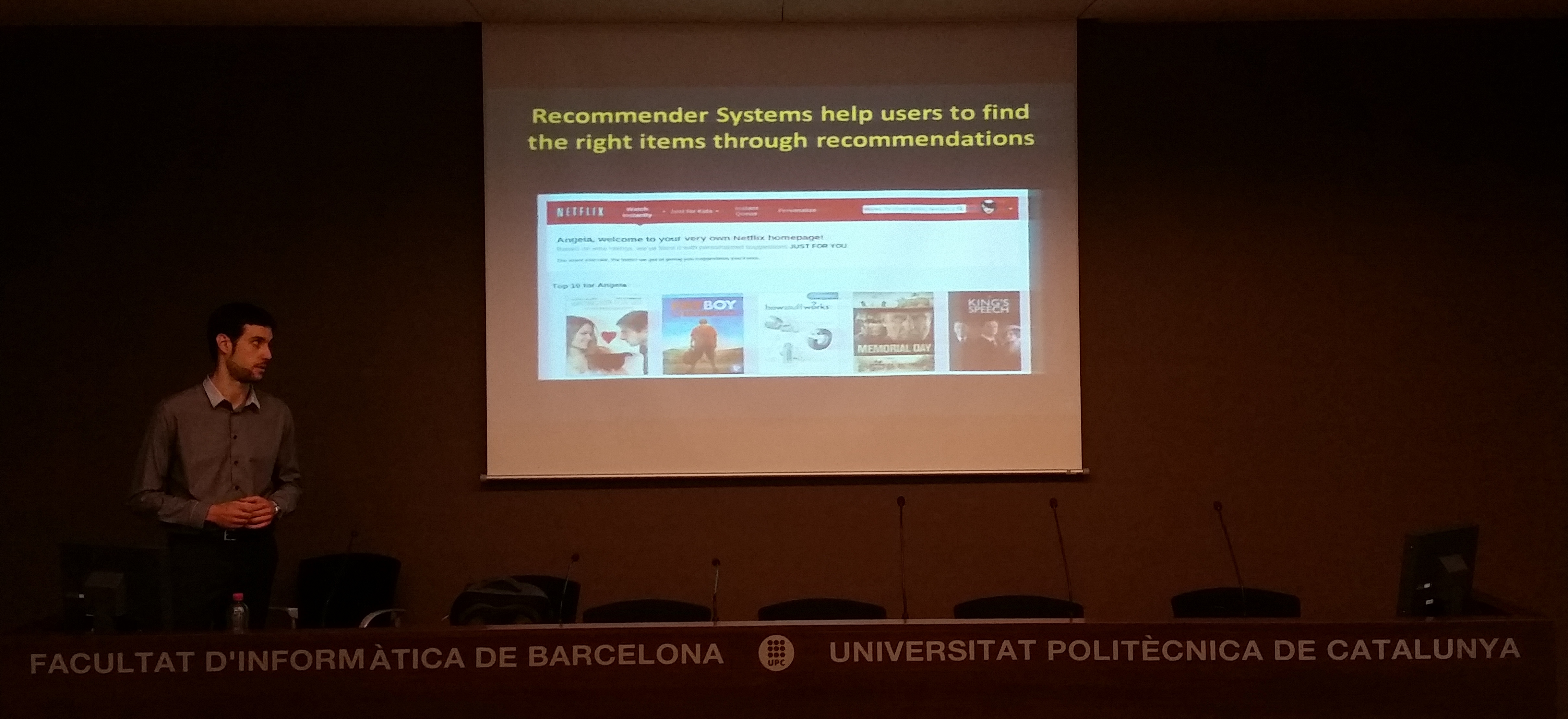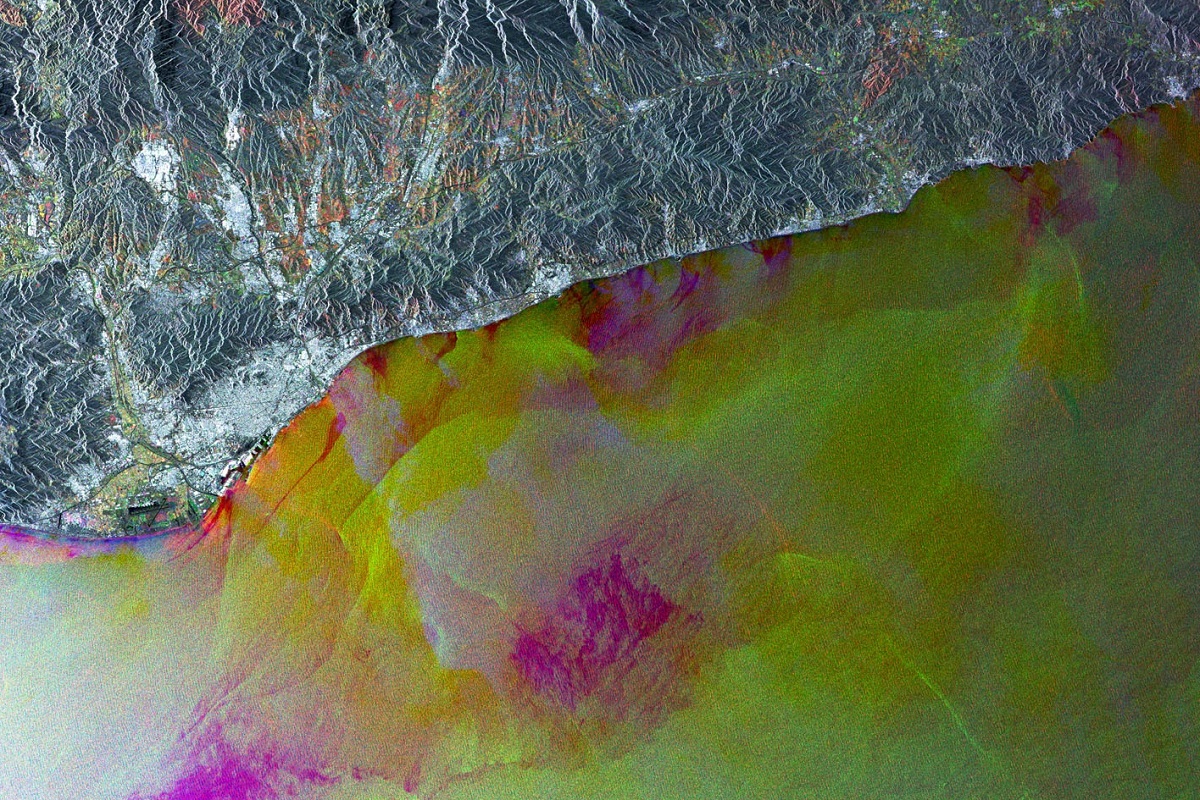
2014.06.11. Judit Rodríguez and Luigi Ceccaroni from 1000001 Labs and Jaume Piera from Institut de Ciències del Mar – CSIC talk about a citizens’ observatory for coast and ocean optical monitoring at the Barcelona Citizen Science Day taking place in Barcelona, at the Museu Picasso, on June 11th, 2014.
The Barcelona Citizen Science Day is an open Forum devoted to spreading the concept of Citizen Science and creating synergies with new research groups interested in this new way of doing science. It targets primarily researchers, although it is also open to anyone interested.
“Citizen science refers to the engagement of the general public in scientific research activities in which citizens actively contribute to science, be it through their intellectual inputs, knowledge or tools and resources.”
Program
15:30-19:00 Museu Picasso
15:30-18:00 Session 2. Citizen Science for Environmental Monitoring
A growing number of citizens are getting involved in the observation of natural phenomena or species, leading to the creation of widespread networks of amateur observers, driven by the desire to conserve the biodiversity of our planet. Environmental projects such as “Citclops”, “Atrapa el Tigre” (Catch the Tiger), “Obervadores del Mar” (Sea Watchers) or “Riu.net”, will be presented.
15:30-16:30 Air, Water, Space and Citizens
World Space Week Spain
Armengol Torres, World Space Week Spain
OBSEA Citizen Science project
Jacopo Aguzzi, Institut de Ciències del Mar – CSIC and Daniel Mihai Toma, SARTI-UPC
Citizens’ Observatory for Coast and Ocean Optical Monitoring
Jaume Piera, Institut de Ciències del Mar – CSIC and Luigi Ceccaroni, 1000001 Labs
Science in Society: Adapting to Global Change in the Mediterranean Basin
Anabel Sánchez, Centre for Ecological Research and Forestry Applications (CREAF)
Riu.net, approaching the citizens to the rivers
Maria Rieradevall, Freshwater Ecology and Management Research Group, Universitat de Barcelona (UB)
10 minutes for questions and debate.
16:30-17:00 Networking and Dialogue
